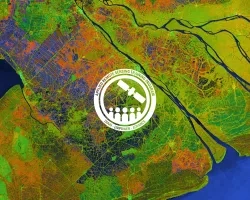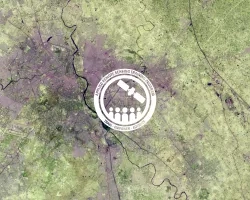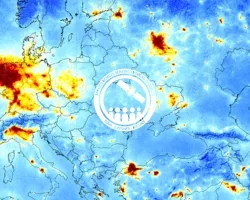Description
June 30, July 7, & July 14, 2020
This training will focus on the use of remote sensing to understand phenology: the study of life-cycle events. Phenological patterns and processes can vary greatly across a range of spatial and temporal scales, and can provide insights about ecological processes like invasive species encroachment, drought, wildlife habitat, and wildfire potential. This training will highlight NASA-funded tools to observe and study phenology across a range of scales. Attendees will be exposed to the latest in phenological observatory networks and science, and how these observations relate to ecosystem services, the carbon cycle, biodiversity, and conservation.
By the end of this training series, attendees will be able to:
- Summarize NASA satellites and sensors that can be used for monitoring global phenology patterns
- Outline the benefits and limitations of NASA data for phenology
- Describe the multi-scalar approach to vegetation life cycle analyses
- Compare and contrast data from multiple phenology networks
- Evaluate various projects and case-study examples of phenological data
This training is designed for individuals and organizations interested in using satellite imagery for mapping vegetation health and seasonal patterns. Professional organizations in the public and private sectors engaged in environmental management and monitoring will be given preference over organizations focused primarily on research.
- Three 1-hour sessions
- Introduction to NASA data and Phenology
- Land Surface Phenology from MODIS and VIIRS
Materials:
Materiales en Español:
- Resolving challenges associated with variability in space, time, and resolution for phenology research and applications
- USA-National Phenology Network (NPN) and The National Ecological Observatory Network (NEON)
- Phenocam: Near-surface phenology
- Conservation Science Partners
Materials:
Materiales en Español:
- Field based phenology and gridded products
- Case-study examples:
- Integration of PhenoCam near-surface remote sensing and satellite phenological data
- Greenwave modeling
- Urbanization and plant phenology
Materials:
Materiales en Español:



